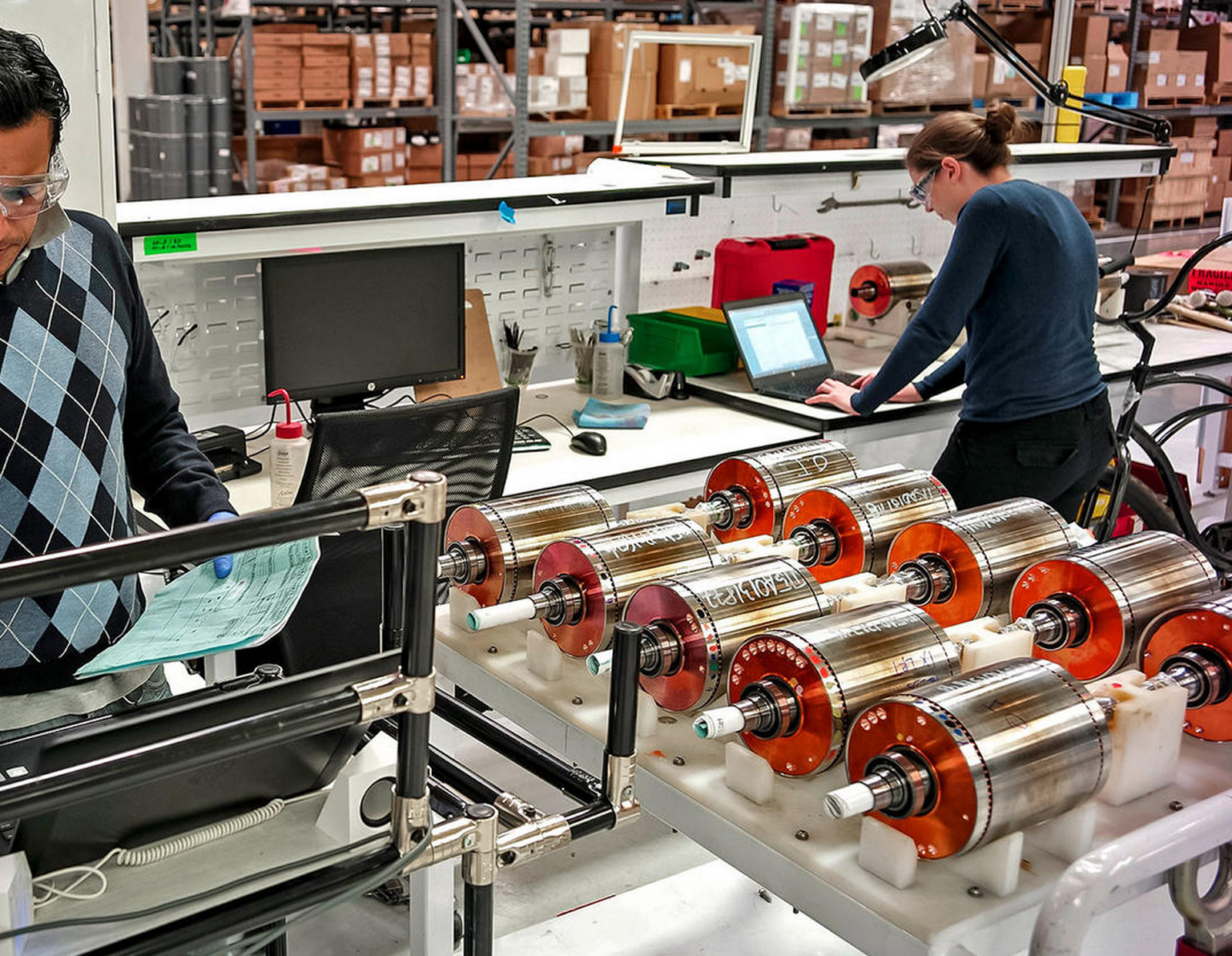Hillhater
100 TW
speedmd said:Hillhater said:Unless you redesign the drivetrain around a dual motor set up, you need some form of differential.
Maybe put the diff inside the hollow rotor of the bigger dia motor ?
But if that motor is 3 x the dia of the current motor,.....that wont work !
We are completely redesigning the motor, why not the drive train while we are at it? You make the motor what ever diameter you need to give you the torque required. The 3 times the gap diameter would give you roughly the same amount of overkill torque that the gearboxed version does now. Was hoping the simple concept would turn some lights on for some folks. It was just a example of how flawed the argument is against dropping the unneeded components. You need a motor, a connecting shaft (at least for a simply integrated easy to steer wheel), and a wheel. First mouse to it gets the cheese.
That depends greatly on what diameter that "3times" ends up being,.
In the Tesla example, it would be something like 30" , which makes mounting it on centreline for the drive shaft angle a major issue !....but a transfer box solves that.... But then you have not gained anything except more motor weight !
Even if you went with 2 motors, each developing half the required torque,hence only 2.2 times the dia of the original, they would still be well over 20" dia....same driveline problems,...and even more motor weight. ,
So whilst i really would like to eliminate unneccessary components, gear trains, complications, efficiency loss, and unreliability,....... I do not see a practical way to do it currently.



